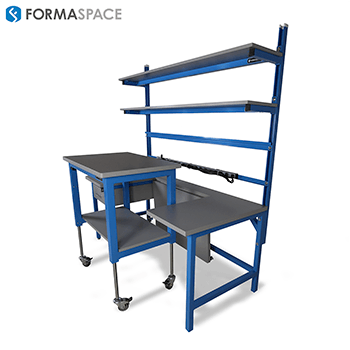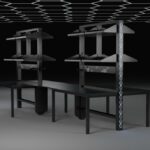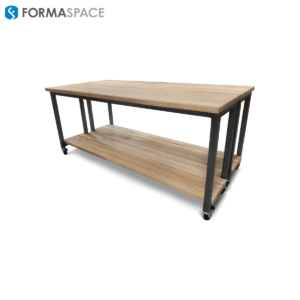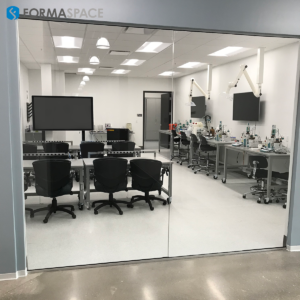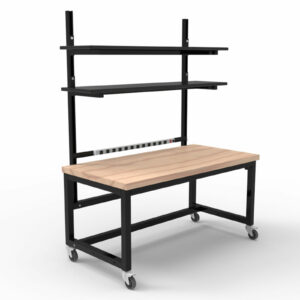This Week We Take a Look at the Potential for an Apple Designed and Manufactured Car
Why in the world would Apple take on such a complex and potentially risky venture at a time when they are on top of their game in electronics? After all, having sold gazillions of iPhones, Apple has now bazillions of dollars of cash on hand. Why mess up a good thing? For an answer to this, let’s take a moment to recall the strategic problems that Amazon faces when competing with Apple and Google. Apple and Google both have portable device operating systems that give them a potentially strong consumer advantage for serving up Internet search, maps tools and online shopping apps. As we wrote in our article, Amazon is well aware they could be increasingly locked out of the communication-centric mobile platforms. A similar strategic opportunity (or danger) exists for big tech players like Apple in the automobile market space.
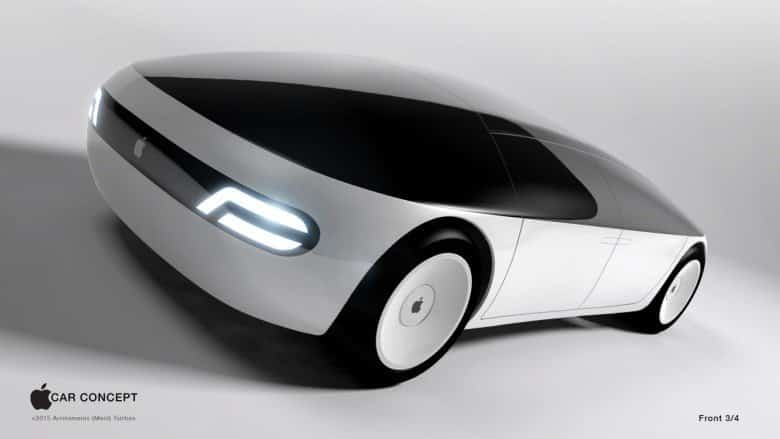
While many of today’s cars may not look that different from those from 30 years ago, internally they are a far cry from the oil dripping, emission belching, carbureted gas guzzlers predecessors kitted out with not much more than tinny AM/FM radio cassette decks. Today’s modern vehicle entertainment and mechanical systems are from another planet, Planet Silicon. From automatic eight-speed transmissions, anti-skid brakes and steering stability control systems, to backup video cameras and GPS maps with turn-by-turn directions, nearly every important feature on a modern car is directly controlled by electronics. And that’s even more the case for hybrid or fully electric vehicles, like those from Toyota or Apple’s Silicon Valley neighbor Tesla Motors.
While Apple has made inroads in integrating their next-generation CarPlay interface initiative into upcoming vehicles, Apple remains a junior partner from a strategic point of view as long as someone else is building and selling the vehicles. Junior partners have difficulty setting industry standards. And Apple has a long history of wanting to control the whole customer experience. A lot is at stake. The car of the future could take many forms down the road, such as autonomously driven versions, but even in the short term it’s clear that the car is becoming less about the driving experience and more about the convenience of a productive mobile office or the comfort of a mobile living room complete with surround sound entertainment systems.
As cars have grown more dependent on electronics, there is evidence that the interfaces connecting everything together need serious revamping. Current vehicle data bus systems are both clunky and insecure. This is a place where Apple could leverage its expertise by integrating electronic components with beautiful, intuitive user interfaces. It could also leverage its computer operating programming security knowledge. As you may have read recently, there have been accusations that current data communication systems in automobiles are all too vulnerable to hacking, including remote control of steering systems, braking and other vital safety features.
So, based on Apple’s long-term desire to control the whole customer experience and the strategic need to control the electronic communication platform in automobiles to prevent others from stealing their lucrative relationship with customers, Apple needs to get deeper into the car business. So let’s try to evaluate which way Apple will address the strategic issues they are now facing.
What is the Potential that Apple Would Design and Manufacture its Own Apple-branded Vehicles for Sale?
One possible answer is that Apple won’t actually build its own vehicles; rather Apple is just trying to assemble a significant patent portfolio covering new inventions for the interface between consumer electronics and automobiles. A strong patent portfolio would give them significant negotiating leverage in their relationship with existing automobile manufacturers. On the other hand, with so much cash on hand, why wouldn’t Apple just buy a car company, like Tesla Motors? Rumors have floated around in recent weeks that Apple tried to do just that. But it looks like Tesla is not for sale.
Like lots of Apple industry watchers, we won’t get a straight answer from the tight-lipped Apple execs. Instead we look to indirect evidence of Apple’s future plans, such as the threat of a lawsuit between Tesla Motors and Apple where Tesla claims that Apple is poaching its automobile engineers. Expanding on this news, the Wall Street Journal wrote that an internal automobile project is indeed underway at Apple, code named ‘Titan;’ reportedly Apple already has 200 employees working on this secret auto project.
What About Apple Executives? Are There Any Motor Heads on the Senior Staff?
The answer is yes. Top Apple designer is Jony Ive is well-known as a serious automobile aficionado who drives high-speed Aston Martins (he wrecked and almost killed himself in one!) and luxury Bentleys.
If Apple is Actually Intent on Making and Selling an Automobile Product to Consumers, What Would it Look Like?
One theory goes like this. Jony Ive has hired his industrial design mate Marc Newson. Marc is well known in the show car circuit for a playful design he created for Ford, called the Ford 021C. It’s a simple, retro-looking three box design with many innovative features, such as a trunk that opens like a kitchen drawer for easy access and a cool LED light-bar in front. It kind of looks like the sort of car Apple might make, doesn’t it? Here is a video clip from the BBC where Marc Newson talks about his car design philosophy.
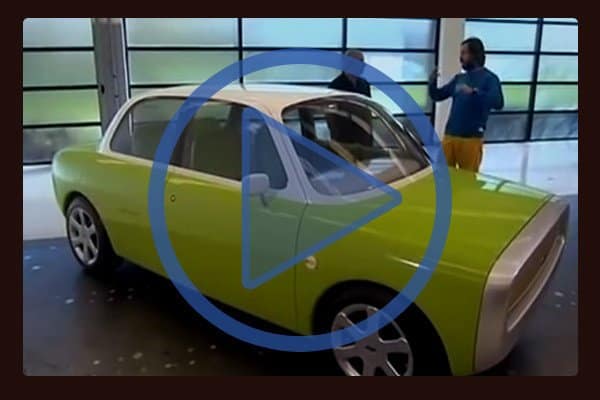
It also looks surprisingly similar to the plastic-bodied Trabant manufactured in East Germany starting in the late fifties. Of course the Trabant, which is itself currently enjoying a sentimental revival (called eastern nostalgia or ‘ostalgia’ in German) was on the one hand an environmental pioneer — they recycled paper and used cloth to make the ‘Duroplast’ external body panels — but an environmental disaster on the other hand — thanks to the notorious cloud of blue smoke that trails every Trabant on the road, thanks to its primitive oil and gasoline mixture two-cycle engine.
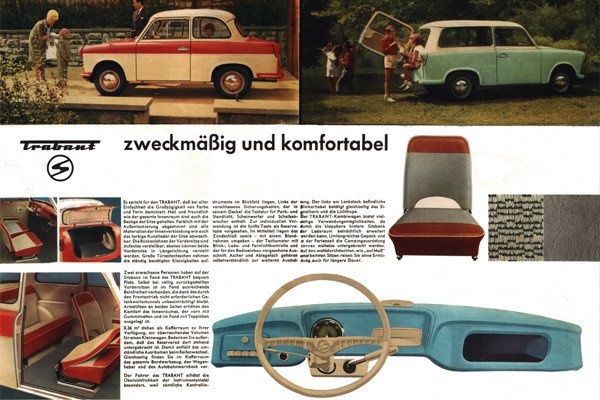
Newson has also designed other transportation vehicles, many of which were on display at the Gagosian Gallery in New York back in 2010. In this video clip you can see his design for the leisure speedboat Aquariva, which harkens back to the American classic mahogany boats built by Chris Craft.
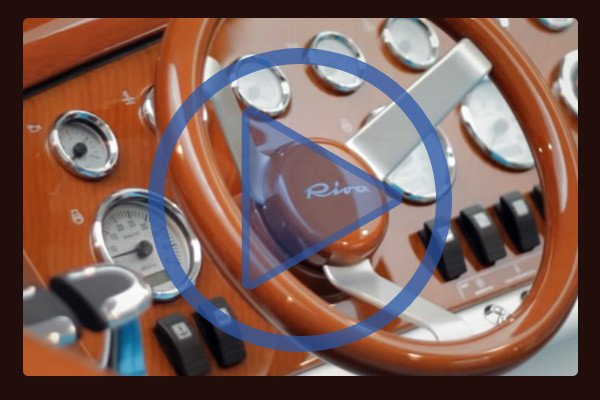
How and Where Would Apple Build its Car?
The company currently designs its products in Cupertino and assembles some of their computer products near us here in Central Texas — but the vast majority of Apple products are assembled in China. But how would American car buyers feel about a Apple car made in China? We’re not sure. Clearly Apple has the expertise to manage complex supply chain issues.
But even aerospace industry leader Boeing discovered – during its much delayed 787-8 Dreamliner program — that outsourcing the design and manufacturing of a complex, next-generation product with the expectation that they could simply ‘snap together’ the pieces at the point of final assembly is fraught with numerous potential glitches and delays. The introduction of Boeing’s newer 787-9 has been much smoother; certainly lessons learned on the -8 version helped, but Boeing also restructured its operations significantly to bring more engineering and manufacturing processes back in house. Is this a lesson for Apple as it contemplates an Apple car? Time will tell.
Formaspace Supports the Renaissance in American Manufacturing
Here at Formaspace we’re proud to support the renaissance in American manufacturing.
We invite you to join the roster of satisfied Formaspace technical, manufacturing and laboratory furniture clients — including Apple Computer, Boeing, Dell, Eli Lilly, Exxon Mobile, Ford, General Electric, Intel, Lockheed Martin, Medtronic, NASA, Novartis, Stanford University, Toyota and more.
Give us a call today at 800.251.1505 to find out more about the Formaspace line of built-to-order computer workstations, industrial workbenches, laboratory furniture, lab benches and dry lab/wet labs — as well as our design / furniture consulting services. Like all Formaspace furniture, it’s backed by our famous 12 year, three shift guarantee.


